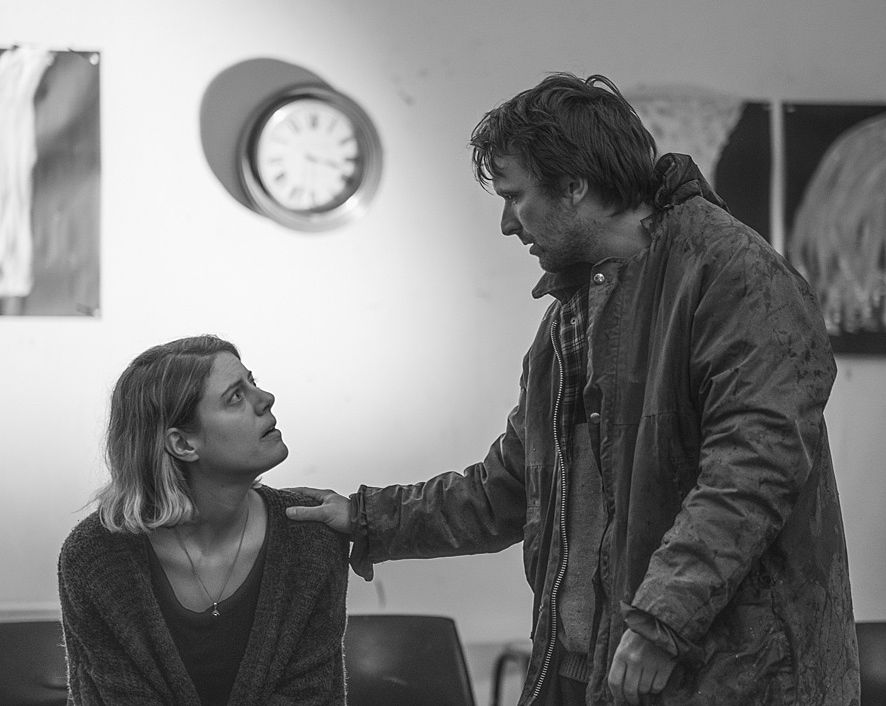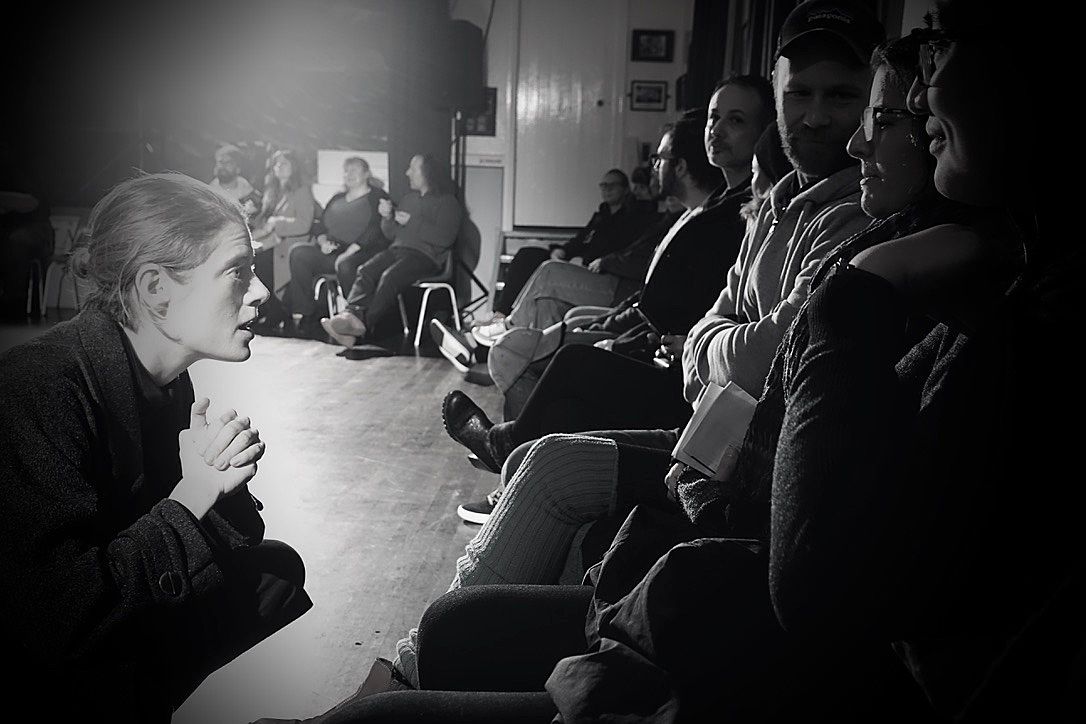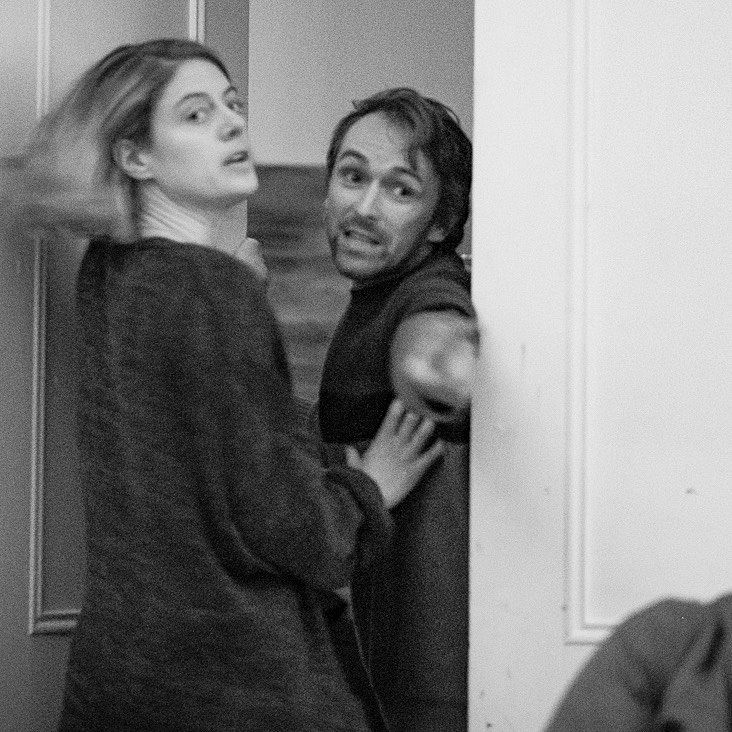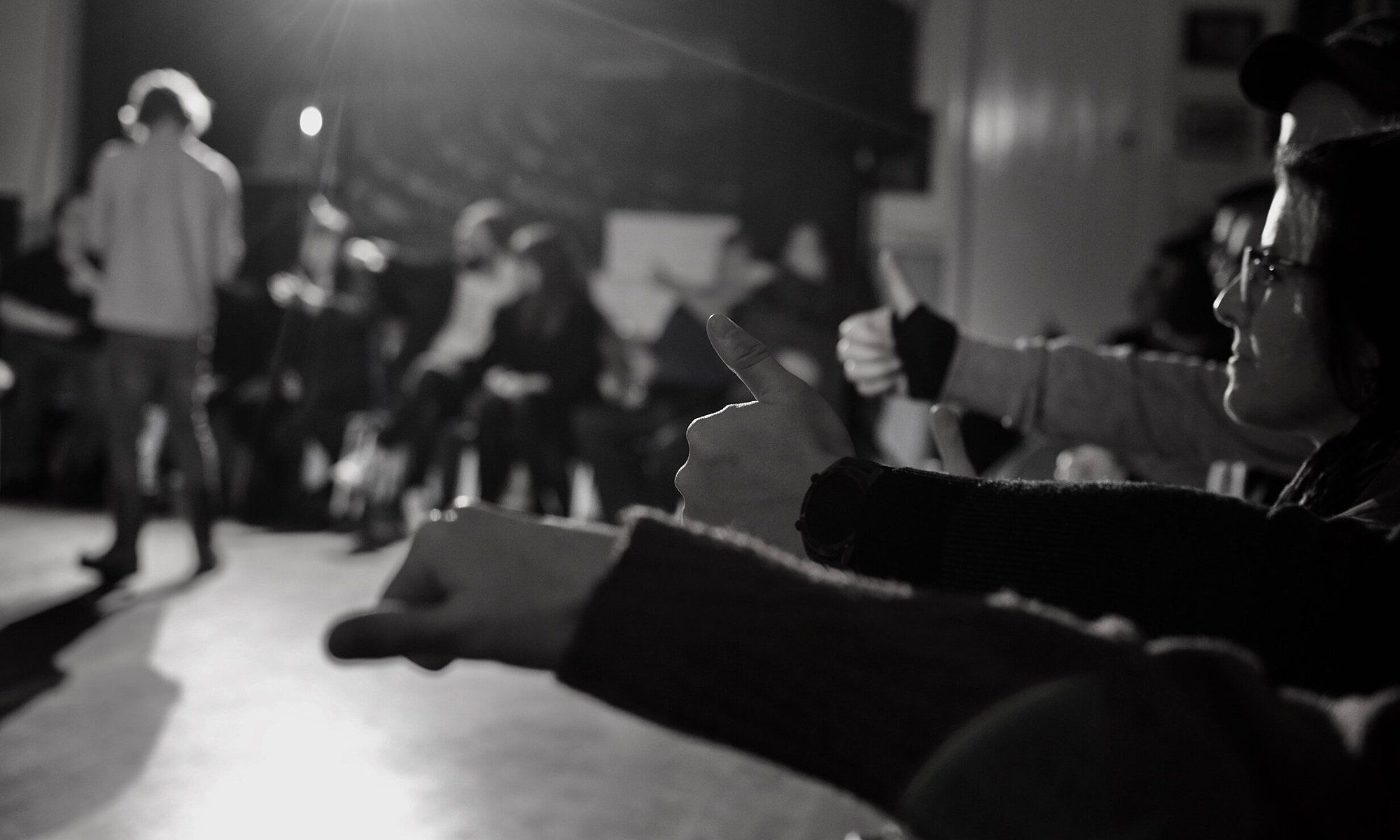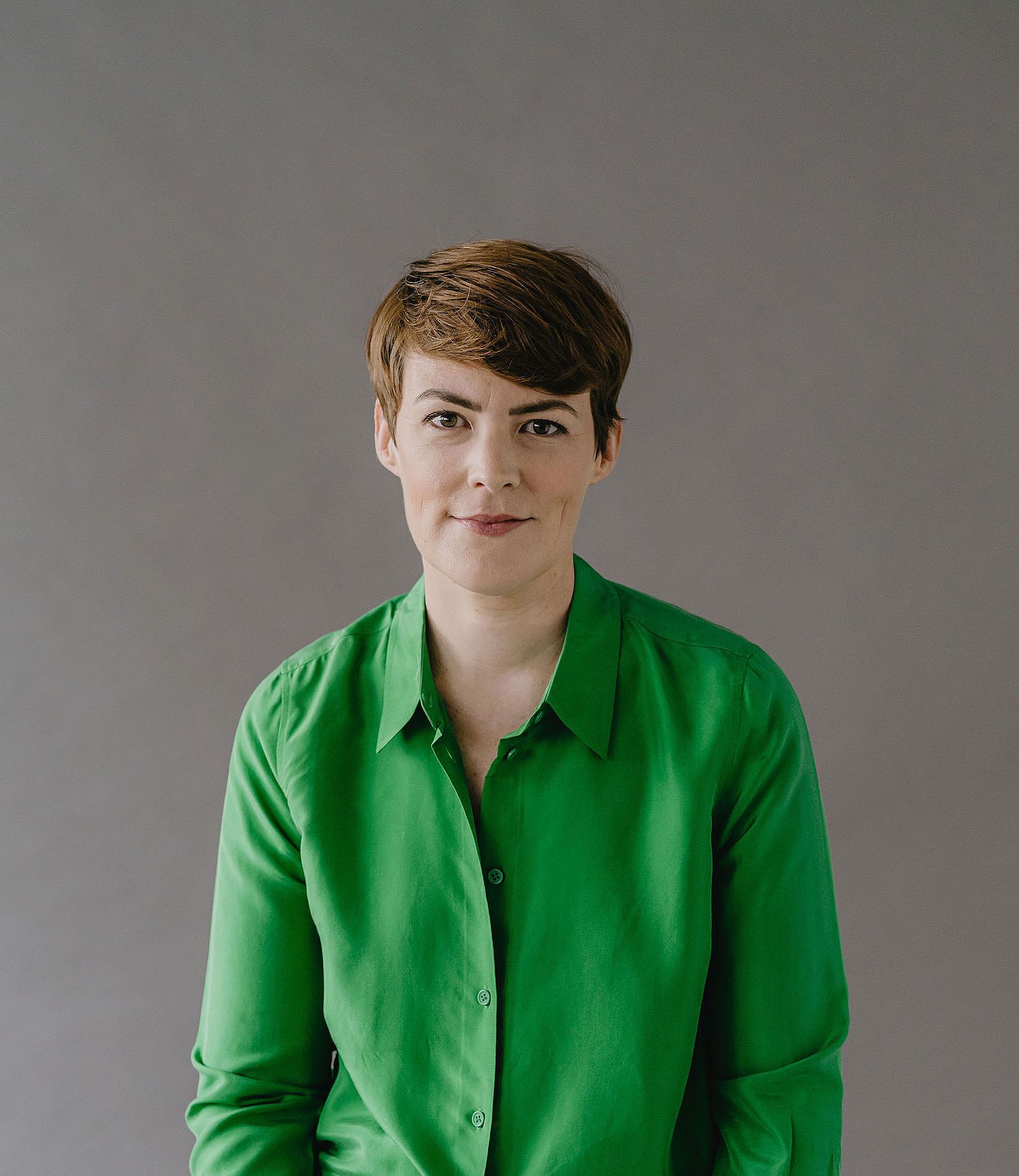Binge Culture Brings the Spooks
Masters of agency and Fringe faves Binge Culture are travelling round the country with their new show Werewolf and uncovering what happens in the wilds at night.
Joel Baxendale and Karin McCracken want to scare you. They want to scare you good. Their new show Werewolf arose from a desire to create a horror for the theatre because, as Joel attests, “Scaring people is hard.”
As a company, Binge Culture is never one to shy away from a challenge. Having made highly participatory and experimental work together for almost 15 years, setting themselves new challenges has become part of the modus operandi for the theatre company. For Werewolf, the creators (Joel, Karin, Oliver Devlin, Ralph Upton and Freya Daly Sadgrove) set three: Could they scare us? Could they easily tour? And could they find new audiences?
Image credit: Rushton Photography
In Werewolf, the audience is placed in a circle and, like the social game Mafia (which Joel and Karin are big fans of), the show takes place over six ‘nights’ and seven ‘days’. Led by Joel, Karin and third performer Arlo Gibson (who takes the place of Freya Daly Sadgrove) the audience discovers that at night-time, mysterious things happen, and during the days, the task is to investigate. Where Werewolf departs from a simple game is in the narrative woven throughout the show.
Image credit: Mouce Young
Despite the trickiness of creating scares in theatre, the team discovered it does offer particular advantages for spooks if you focus on working within its live parameters and strip back to some essentials. Pitch darkness and light, as well as the intricate sound design created by Oliver Devlin, are the show’s central assets. “I think the sound design combined with the pitch blackness in a live space is super effective,” Joel notes.
This lo-fi aspect of the show, in which there’s no set and sound-design cues are numerous but lighting cues are not, ticks a box for one of the production company’s tests: making a highly tourable, lightweight show. “Can it fit into a van?” was their question. This month they’ve been successfully answering it, touring the show all over the motu, starting in Nelson and covering the West Coast, Christchurch, Palmerston North and Rotorua, among other spots. At the end of May, the tour ends with five nights at Tāmaki’s Basement Theatre.
The agency of the audience in a live performance setting is Binge Culture’s jam
But perhaps the central question the theatre makers had when making their horror showwas to create a piece of theatre that brought in a wider demographic than Binge Culture’s usual.
“We wanted to make something that we thought would be popular,” Joel says, almost hesitating on that word. “It’s something we thought ‘non-theatre’ people might be into.” This definitely proved to be the case during the first short development season in Wellington in 2019. “People who like experiences and go to shock-shack or adrenaline-forest type things, you see them all turning up to Werewolf. And young people really dig it as well.”
Image credit: Vanessa Rushton Photography
This was satisfying for the Binge Culture crew, whose work could more often be described as esoteric. But regardless of audience demographic, they remain dedicated to experimenting with different audience behaviour. Audiences and the agency of the audience in a live performance setting is Binge Culture’s jam. The unpredictability and ambiguity of human behaviour is experimented with, iterated upon and deeply studied in all of their work. So the opportunity of Werewolf was to utilise the skills and techniques they’d developed over many years on quite a different audience.
‘Interactive’ is a catch-all term with a huge range in theatre. It could mean anything from an audience having complete agency over their actions, to a few games inside what is effectively a very fixed script. For their money, Binge Culture aren’t particularly interested in shows that tease interaction but stay completely ‘on the rails’ (their term for shows with in-built, immovable narrative arcs and fixed endings). As Karin notes, “If I’m an audience member and I realise that I don’t actually have any agency, that makes me a little grumpy. But I feel that tension is present in anything that wants to be interactive: how do you deliver on the idea of giving [the audience] some agency but also making sure [they] have a structured, fun time in the theatre.”
Image credit: Mouce Young
Interestingly, Werewolf is possibly the most ‘on the rails’ show Binge Culture have made. That said, as Karin remarks, “Someone can still fully derail our show. Someone with the willpower could ride roughshod over the top of us because we’re being loose enough that that could happen. But I also think if it did happen, it would still be a good show. I suppose we are just trusting the audience to do more.”
“Yeah, the magic balance, I’m forever interested in that,” Joel adds. “It’s like trying to get a PhD in human psychology or something.”
Essential to that audience–performer trust is to offer some safety to those for whom the word ‘interactive’ is the real horror show
Essential to that audience–performer trust is to offer some safety to those for whom the word ‘interactive’ is the real horror show. Joel and Karin are very clear that they never force participation on those not keen, and Joel says it’s connected to that same sense of balance. “I think there’s something nice about hitting the sweet spot of an audience feeling empowered and having fun, but not overexposed. I think that’s something that we’re always endeavouring to do.”
Karin agrees, but senses that gentle nudges don’t go astray either. “There’s people who like to sit back, but sometimes I reckon there’s a certain amount of satisfaction everyone gets from doing a little bit of performance. Even for really shy people, if you offer the right opportunity to say or do one thing or even just to vote in the show, I think people like feeling like they’re part of a performance.”
Amongst the games and the spooks, the company’s work is underpinned by a strong sense of creative democracy
It’s something that lies at the heart of Binge Culture’s kaupapa. Amongst the games and the spooks (“I was always in it for the spooks,” says Karin), the company’s work is underpinned by a strong sense of creative democracy. “I love giving people the opportunity to be creative and spontaneous and to be performing,” Karin says.
When audiences have been away from theatre spaces for so long, participation may be an especially scary word for some, but there will likely also be those who are looking forward to the opportunity to connect. “I love seeing what people come up with,” Joel says. “I think that everybody is really creative. Providing opportunities for everybody to express that is a thrill.”
Werewolf plays all over the country this May and at Tāmaki’s Basement Theatre from May 24–28. Tickets are available for all shows here.

